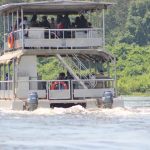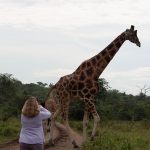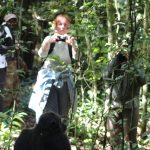Overview
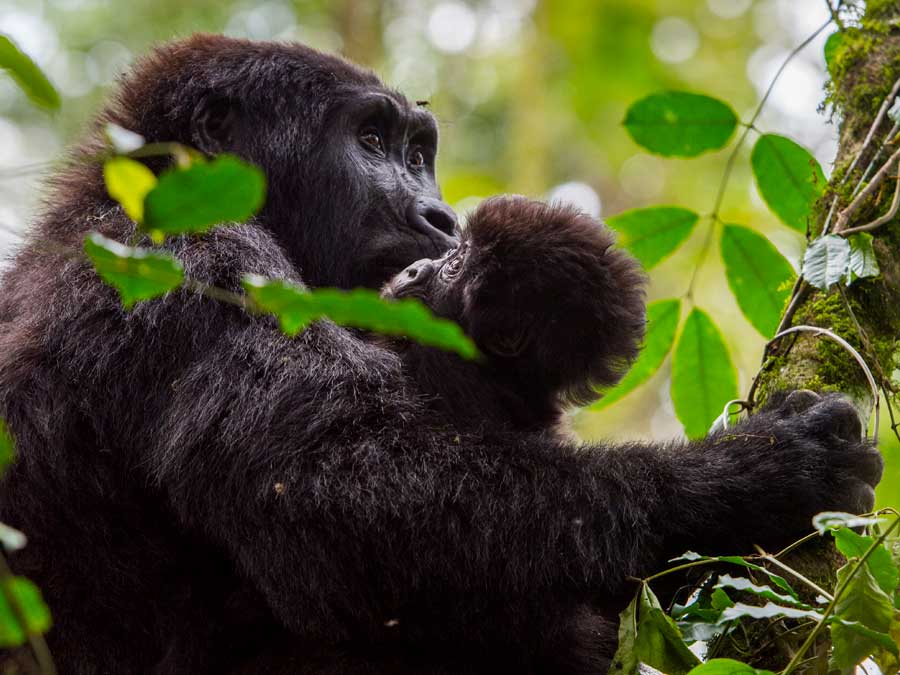
What is best known about Uganda; The word Uganda can flood your mind with a variety of facts that you might know about this gifted African Country.
To begin with, Uganda is famously known as the Pearl of Africa. It is a landlocked country that is situated in East Africa. More to that, it is bordered to the East by Kenya, to the North by South Sudan, to the West by the Democratic Republic of Congo, to the South west by Rwanda and to the South by Tanzania.
Additionally, Uganda lies within the Nile Basin and generally has a modified Equatorial climate. It is also endowed with vast vegetation, wildlife and bird species. Making it a fascinating tourist destination.
If we were told to write a book about this country, we could probably never finish.
However, below are a few facts that are best known about Uganda;
Ethnic diversity

Uganda is one of the most ethnically diverse countries in the world, to start with. The country is inhabited by the following ethnic groups. The Bantu, the Nilotics, the Nilo Hamites and the Hamites, with the largest being the Bantu. All these groups combined constitute of 56 tribes that are found in various parts of the country.
Some of them include; the Baganda (the largest tribe), the Teso people, the Banyankole, the Lugbara, the Samia tribe, the Karamojong people etc. Interestingly, each of them has their own culture and language.
Despite the fact that the official language is English, all these tribes have the freedom to speak their traditional languages. When you embark on visits to various parts of the country, you can be thrilled by the various cultures and languages that you may encounter.
Also, many regions in Uganda have kingdoms such as Buganda, Bunyoro, Toro and Busoga. This arrangement continues to affirm the country’s strong cultural heritage. Besides the ethnic groups, there is a small population of Asians. Arabs and Europeans that live within the country as well.
Friendly and welcoming people
Ugandans are said to be some of the most friendly people on the African continent. Whichever direction that you take during your safari will expose you to a variety of people. But you will still be warmly welcomed and received with a smile. Actually, in rural areas, people tend to be very excited when they see a foreigner (Muzungu) in their area. You will notice that people especially the little joyful children will wave at you as you pass by.
The United Nations also acknowledges the fact that Uganda has the most welcoming refugee policy in the world. This further portrays the amazingly friendly nature of Ugandans to foreigners.
Besides being friendly and welcoming, the people in Uganda are also very helpful. You can randomly ask someone for directions to a place or any other form of assistance and they will cheerfully give it to you.
The perfect primates and apes destination
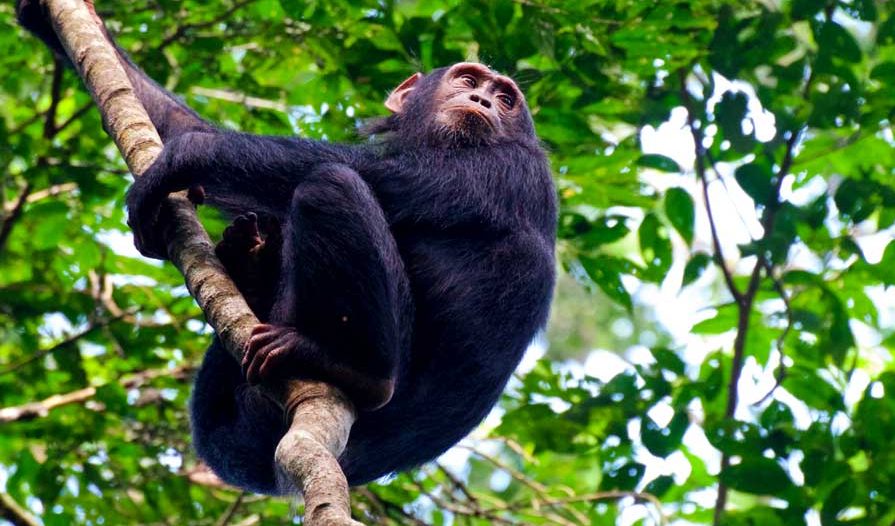
Uganda is endowed with numerous natural gifts with one of them being a variety of primate species, some of which are endangered in the world. Also, the country is known to have the highest concentration of primates in Africa (over 15 species). During a Ugandan safari, you may encounter primates such as; the endangered mountain gorillas, chimpanzees, golden monkeys, de brazza’s monkey, black and white colobus monkeys, red colobus monkeys, potto, bushbaby, grey-checked mangabeys, L’hoest’s monkeys, red tailed monkeys, vervet monkeys, patas monkey, baboons and blue monkeys.
The best destinations for an incredible primate experience are Bwindi Impenetrable National Park for the endangered mountain gorillas, Kibale Forest National Park for chimpanzees and Mgahinga Gorilla National Park for golden monkeys.
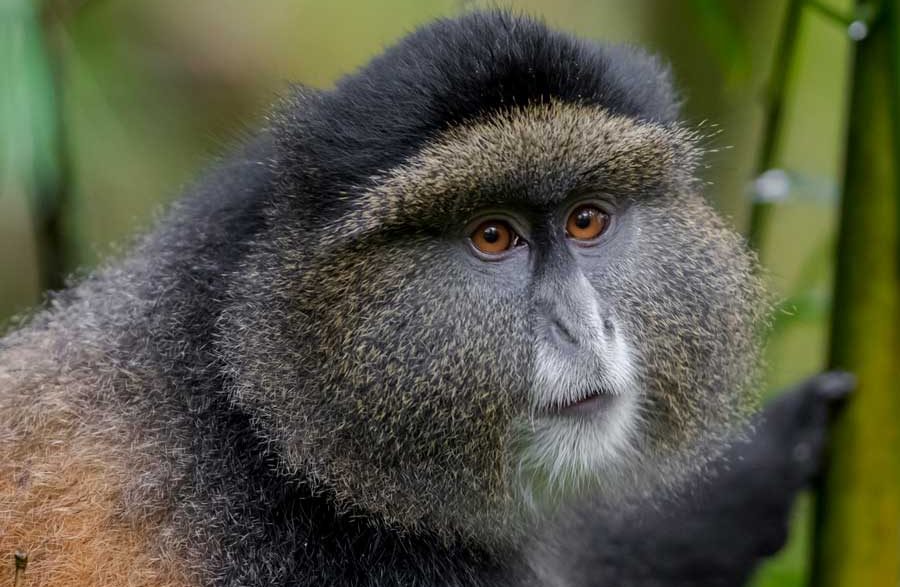
Other primate destinations include Budongo Forest in Murchison Falls National Park, Semuliki National Park and Kyambura Gorge in Queen Elizabeth National Park.
What is best known about Uganda; It is worth noting that the pearl of Africa is home to half of the world’s mountain gorilla population and over 5000 of the chimpanzees’ population (which is a sizeable number). If you are a primate enthusiast, you cannot go wrong with a primate adventure in Uganda.
Habituation
Additionally, Uganda offers habituation experiences for those who are interested in a more intense adventure. During a habituation experience, a tourist/traveller is escorted to join researchers, trackers, and rangers in Bwindi Impenetrable forest, for instance, to track and stay with a wild primate family for a full day. This is so different from gorilla trekking where you are given only one hour in the presence of the mountain gorillas. The fee for gorilla habituation is 1500 US dollars for foreign non-residents and 250 US dollars for chimpanzee habituation experience.
Idi Amin Dada- a brutal military dictator
Uganda has had 9 presidents ever since she attained her Independence in 1962, as indicated below;
- Sir Edward Mutesa II (1962 – 1966)
- Apollo Milton Obote (Obote I) (1966 – 1971)
- Idi Amin Dada (1971 – 1979)
- Yusuf Kironde Lule (13 April 1979 – 20 June 1979)
- Godfrey Lukongwa Binaisa (1979 – 1980)
- Paul Muwanga (12 May 1980 – 22 May 1980)
- Apollo Milton Obote (Obote II) (1980 – 1985)
- Tito Okello Lutwa (1985 – 1986)
- Yoweri Kaguta Museveni (1986 to date)
However, out of all these presidents, there was one who became more outstanding than the rest in terms of his leadership.
Who was Idi Amin Dada and how was his leadership like?
Idi Amin Dada Oumee was a Ugandan military officer and politician who served as the third president of Uganda from 1971 to 1979. During his leadership, he was a military dictator and is still considered to be one of the most brutal despots in today’s world history.
It is said that Amin was born in Koboko (current Northwest Uganda) to a Kakwa father and Lugbara mother. He then joined an Islamic school in Bombo in 1941 where he dropped out with a fourth-grade English language education. In 1946, having done a number of odd jobs, he joined the King’s African Rifles (KAR) of the British Colonial Army as a cook (while receiving military training) and later rose to the rank of lieutenant. Idi Amin took part in British actions against Somali rebels and then the Mau-Mau uprising in Kenya. When Uganda gained her independence in 1962, he stayed in the army, rose to the position of Major and was later appointed Commander of the Uganda Army in 1965.
How did Amin become a president?
In the years that followed, Amin found out that Milton Obote (who was the president at that time) was planning to arrest him for misappropriating funds of the Uganda Army. The next step that he made was to launch the 1971 Ugandan coup d’état and declared himself president. The military coup occurred on 25th January 1971, while Obote was attending a Commonwealth summit meeting in Singapore.
At first, President Idi Amin was an ally of the Western world and even got significant support from Israel but he later changed and became an ally to Zaire’s Mobutu Sese Seko, Col. Muammar Gaddafi (from Libya), East Germany and the Soviet Union, from whom he got his support.
The end of his leadership
During Amin’s presidency in the late 1970s, there was increased unrest against his outrageous deeds such as the persecution of certain ethnic groups and his support for the terrorist hijackers in Operation Entebbe.
As if that wasn’t enough trouble for the country, he went ahead to make an attempt to annex the Kagera Region of Tanzania in 1978. The Tanzanian president by then, Julius Nyerere reacted to this by ordering his troops to invade Uganda. Thereafter, the Tanzanian Army and rebel forces successfully captured Kampala in 1979 and removed Idi Amin from power. This action forced him into exile, first in Libya, then Iraq and finally in Saudi Arabia, where he lived until his death in 2003.
Why was Idi Amin referred to as a brutal president?
The leadership of Idi Amin was characterized by various acts that violated the rights of people. These acts included, among others, political repression, ethnic persecution and extrajudicial killings, nepotism, corruption, and gross economic mismanagement. According to estimates by observers, a total of between 100, 000 and 500,000 people were killed during his regime. The most prominent people that lost their lives were Benedicto Kiwanuka – a former Prime Minister and Chief Justice, Joseph Mubiru – the former Governor of the Central Bank of Uganda, Janani Luwum – the Anglican Archbishop; to mention but a few.
What were his nicknames?
- Butcher of Uganda
- Butcher of Africa
- Butcher of Kampala
- Big Daddy
- Kijambiya (loosely translated as the machete in English)
This name was attributed to Ugandan security forces often murdering their victims with machetes”
- Black Hitler
- Jaffa
He earned this nickname in exile in Saudi Arabia due to his daily consumption of oranges, especially after allegedly transitioning to fruitarianism
A man of endless wonders
In 1971, Idi Amin bestowed a heavy title upon himself and became: “His Excellency, President for Life, Field Marshal Al Hadji Doctor Idi Amin Dada, VC, DSO, MC, CBE, Lord of All the Beasts of the Earth and Fishes of the Seas and Conqueror of the British Empire in Africa in General and Uganda in Particular”. Many of these titles were never earned by him for instance; DSO (Distinguished Service Order), MC (the Military Cross), VC (Victorious Cross) or even the Doctorate of Law which he simply conferred on himself from Makerere University.
Uganda’s coffee and cotton
Coffee
First and foremost, Coffee is Uganda’s current top-earning export crop. There was a time, however, when this wasn’t the case. During the late 1980s, coffee production was generally low even with the rise from 1,000 tons in 1986 to only 5,000 tons in 1989. In an effort to liberalize the coffee industry, The Uganda Coffee Development Authority was formed by government decree in 1991.
From 1999 to 2002, efforts were made to commercialize Robusta coffee as a premium consumer brand. The Kibale Wild Coffee Project, an initiative that involved international organizations like the World Bank and United States Agency for International Development, aimed to implement sustainable harvest of coffee from Uganda’s natural reserves and guarantee compensation for all workers involved in the harvest. Revenue from the coffee production was intended to finance conservation management activities.
Benefits of coffee production
There are many benefits that are yielded by coffee production in Uganda. Some of them include;
- Employment opportunities for people which enable them to earn a living and provide for their families
- Boosts tourism for instance through coffee farm tours
- Generates income to households and the country’s economy
- Provides raw materials for coffee processing industries
- Provides mulching materials such as coffee husks
Cotton
This is one of Uganda’s cash crops that can be grown using monoculture or by inter-cropping with food crops.
Cultivation of this crop requires manual hoeing and low use of inputs. Additionally, the crop is entirely rain-fed and harvesting is manual (by hand picking).
Economic importance of cotton
- Source of income – Cotton is a major source of revenue for both rural households and the national economy.
- Food security – Cotton is normally grown as a land-opening crop and in rotation with other crops. As a land-opening crop, cotton adds nutrients to the soil through its foliage thus increasing yields of follow-on crops – such as millet, sorghum or maize contributing to food security.
- Employment opportunities-The cotton sector employs employment opportunities to people directly and indirectly, as farmers and farm laborers, seed cotton and cottonseed buyers, transporters, ginnery workers, cotton exporters, textile and garment manufacturers, oil millers, to mention but a few.
- Raw material – Cotton is a raw material from which a number of products are derived:
– Lint for yarn, textiles, garments, sanitary and medical materials
– Seed cake for animal feeds and fertilizer
– Edible oil for cooking and soap stock
– Hulls for livestock feeds and poultry litter
– Linters for cotton swabs, paper, plastic and films manufacture and pharmaceutical
products
– Cotton stalks can be utilized as wood fuel and are used in the manufacture of
particle boards and paper.
COVID 19 and Ebola travel guidelines
Ensure to follow all the necessary COVID 19 and Ebola travel guidelines to ensure that you are in a safe and healthy condition during your safari with us. One of our major priority is to provide the best possible safety and comfort during your tour, so please rest assured that you will be in safe hands.
Some of the travel guidelines include wearing and carrying a sufficient number of surgical masks, moving with an alcohol based hand sanitizer, vaccination against COVID 19 or taking a PCR test and several others.
The Pearl of Africa
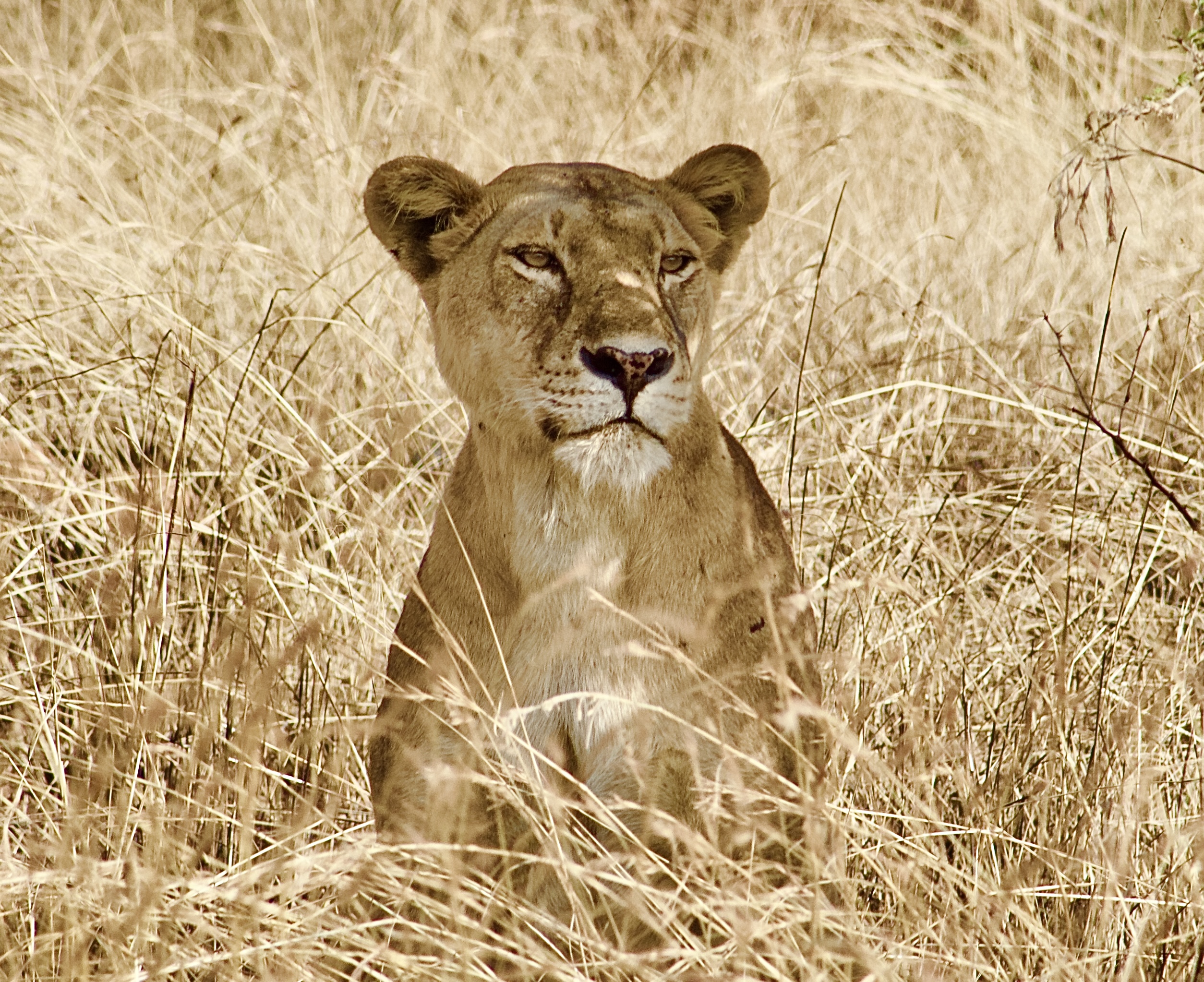
In 1907, an explorer called Winston Churchill, was extremely impressed by what he saw as he explored Uganda. In 1908, he published a book, My African Journey where he wrote this statement:
“For magnificence, for variety of form and colour, for profusion of brilliant life – bird, insect, reptile, beast – for vast scale, Uganda is truly “the Pearl of Africa.”
Conclusion
Place your booking for your upcoming safari with us today and allow us to transform your safari dream into a beautiful reality. The facts about Uganda that have been talked about are just a glimpse of what to expect when you come to the Pearl of Africa. If you have any questions/inquiries, feel free to contact us. We are looking forward to giving you an exceptional and memorable safari experience!

